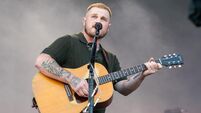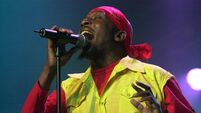Abrahamson, Bloom, Huberman, and more... 10 Jewish links to Irish culture
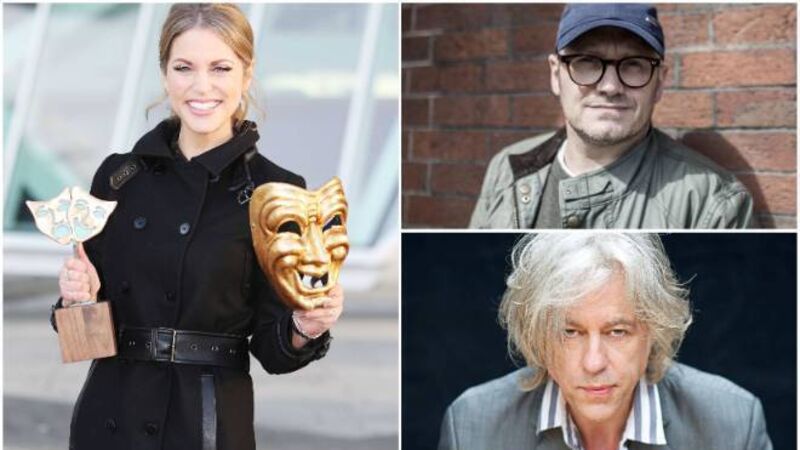
Some of Ireland's prominent people of Jewish heritage, clockwise: Amy Huberman, Lenny Abrahamson, Bob Geldof
Filmmaker Lenny Abrahamson – director of movie classics like Adam & Paul, Garage and Room, as well as popular TV series Normal People – was a member of an Orthodox synagogue growing up in Rathfarnham, Dublin. His Polish grandfather came to Ireland in the 1930s. Abrahamson’s first foray into film was an interview with his grandad about his life growing up in small-town Eastern Europe. Abrahamson once described himself as “probably Ireland’s third most famous Jewish son” behind Chaim Herzog, who grew up on the same street and played with Abrahamson’s mother before becoming president of Israel, and Leopold Bloom.
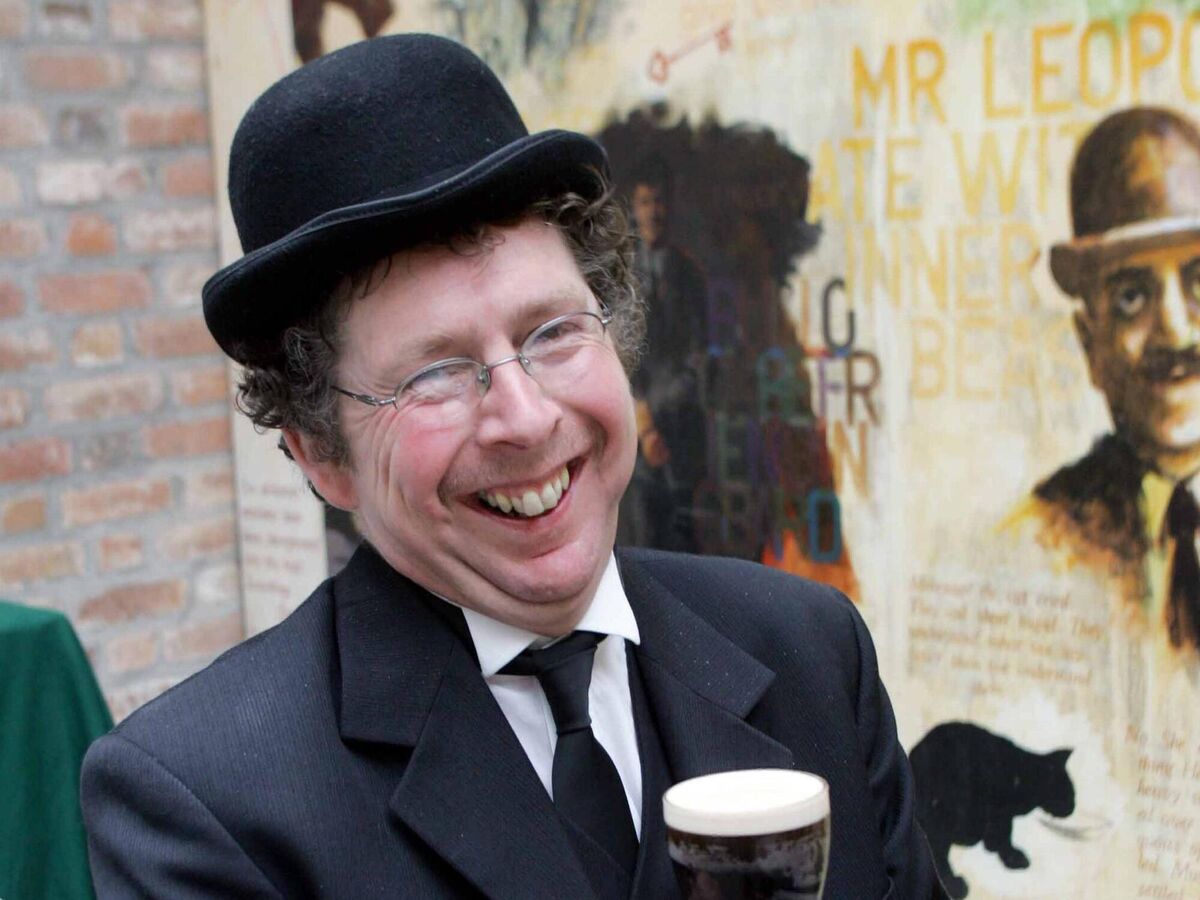
Garrett Deasy, a minor character in James Joyce’s Ulysses, shouts at one stage that there is no anti-Semitism in Ireland because “she never let them in”, ironic given that Leopold Bloom, the protagonist of the novel, is Jewish. Although Bloom wasn’t a practicing Jew, having converted to Catholicism to marry Molly. It is significant and interesting that Joyce built his narrative around a wandering Jew, an outsider, the flaneur at the heart of his greatest work, a fictional character remembered on Bloomsday every June 16.
Bob Geldof, activist and lead singer with the Boomtown Rats, owes his distinctive surname to his paternal grandfather, Zenon Geldof, who was a Belgian immigrant and a chef by trade. His wife, Geldof’s paternal grandmother, Amelia Falk, was a British Jew who lived in London. Geldof doesn’t put too much store in his Jewish heritage, however, once proclaiming: “I was a quarter Catholic, a quarter Protestant, a quarter Jewish and a quarter nothing – the nothing won.”

Actor and writer Amy Huberman – whose brother Mark Huberman is also an actor – always identified as Jewish growing up, but Jewish lite. That changed in her adulthood. “I went to Auschwitz-Birkenau with my dad when I was in my twenties and I felt like an imposter,” she said during an interview last year on the Tommy Tiernan Show. “There’s a joke that I say with my dad that I always only ever felt Jew-ish. I spoke to the rabbi there and he said ‘anyone who has lineage here is a survivor of this’. And I'd never think that way, [I felt] that's not a part of history that I had to suffer. But it gave me a completely different perspective on all of it.”
She added: “It's easy to feel removed from [the Holocaust], but it was only my grandpa who left. That's how close [generationally] to a situation you are.”
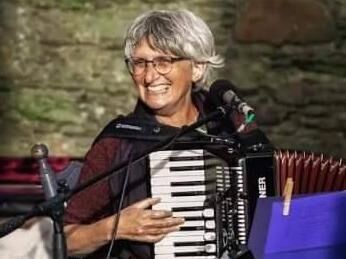
Ruti Lachs grew up in Liverpool. She moved to Ireland in her twenties, first to Co Kerry, and is now settled in Cork. She performs klezmer music, and is one of the organisers of From Kovno to Cobh, a celebration of Irish-Jewish culture in Cork. In 2016, she channelled the spirit of her Jewish granny, in her first one-woman theatre show.
“I grew up in a family where both my grandfathers had died so I only knew my grandmothers,” she says. “When I was doing my one-woman show that was the voice that came in: ‘What’s wrong with you? Why aren’t you hoovering your carpet? The house is a mess! Don’t be moaning so much. You have a great life. When I was back in the Heim things were much worse,’ referring to the home country. She came from Poland.”
Louis Lentin – who was born in Limerick in 1933 – left an extraordinary canon of work, as a director on stage and screen, among them Irish premières of Samuel Beckett’s Krapp’s Last Tape and Endgame. He was instrumental in setting up Israeli national TV in the late 1960s. His documentaries had a profound impact on Irish society, including his three-part Stolen Lives series on the horrors of industrial schools; Dear Daughter, about the life of Christine Buckley in a Dublin orphanage; and No More Blooms, a critique of the Irish government’s response to the Jewish refugee problem during the Nazi regime.
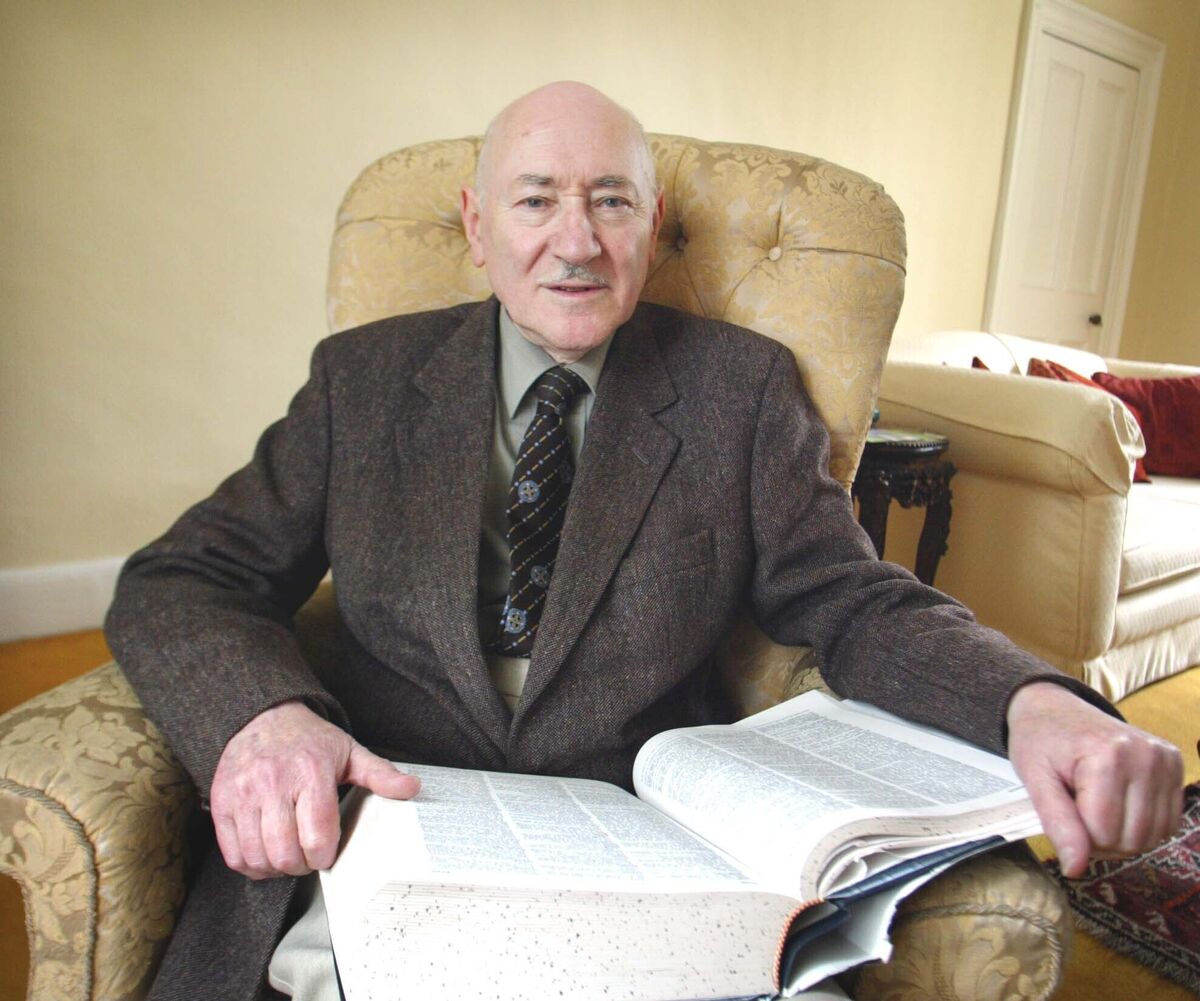
Ireland was in turmoil in 1970. The North was in flames. The Arms Trial threatened to torpedo the Irish government. Taoiseach Jack Lynch summoned his old college friend David Marcus (the pair studied law together at UCC) to write his speech for the crucial upcoming Fianna Fáil Ard Fheis. Marcus stayed up all night putting a script together that would bring some calm. Marcus had a brilliant mind. His 1986 novel, A Land Not Theirs, about the Jewish community in Cork during the War of Independence, was a bestseller. As a literary editor, he gave early starts to several great contemporary Irish novelists, including Colm Tóibín, Anne Enright and Claire Keegan.

Born in 1936, Louis Marcus was 12 years younger than his writer brother David. Their grandfather, Louis Goldberg, landed in Cobh from Tsarist Russia, around 1882, aged 14, part of the great wave of Jewish immigrants to Ireland either side of the turn of the last century. By the time World War Two started in 1939, there were about 400 Jewish families like the Marcus family living in Cork City. He made over 80 documentaries during his career, garnering two Oscar nominations.
Anna Scher was born in Cork in 1944. As a child, she acted in pantomimes in the Cork Opera House and in revues around the country. At 14, she moved with her family to England. Ten years later, while working as a primary teacher in London, she set up a lunchtime drama club. The extracurricular performing arts school mushroomed. By 1975, she had a thousand students. Alumni include Kathy Burke, the Kemp brothers from Spandau Ballet, and EastEnders actors. She has an MBE for services to drama and is a Peace Person of the Year Award recipient in Ireland.

Several strands connect Estella Solomons to James Joyce. The man she married lent Joyce a pair of trousers and shoes before Joyce emigrated from Ireland in 1904. Joyce mentioned her father’s optician’s practice in Ulysses and her brother, Bethal, an international rugby player and Abbey Theatre actor, was cited in Finnegan’s Wake. She joined Cumann na mBan in 1917, training under Phyllis Ryan, future wife of Ireland’s president Seán T O’Kelly. Her Dublin art studio was a safe house for anti-Treaty forces on the run. She did portraits of many literary contemporaries, including George Russell (AE), Austin Clarke and James Stephens. An exhibition of her paintings at the National Gallery of Ireland concluded last month.
- From Kovno to Cobh, an evening of Irish-Jewish music and words, featuring special guest Lenny Abrahamson, Sunday, 7pm, Cork Arts Theatre, Carroll’s Quay, Cork. See: www.corkartstheatre.com


